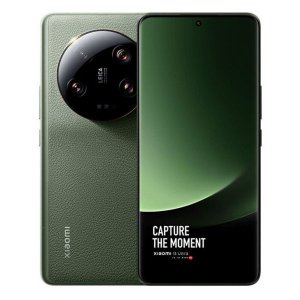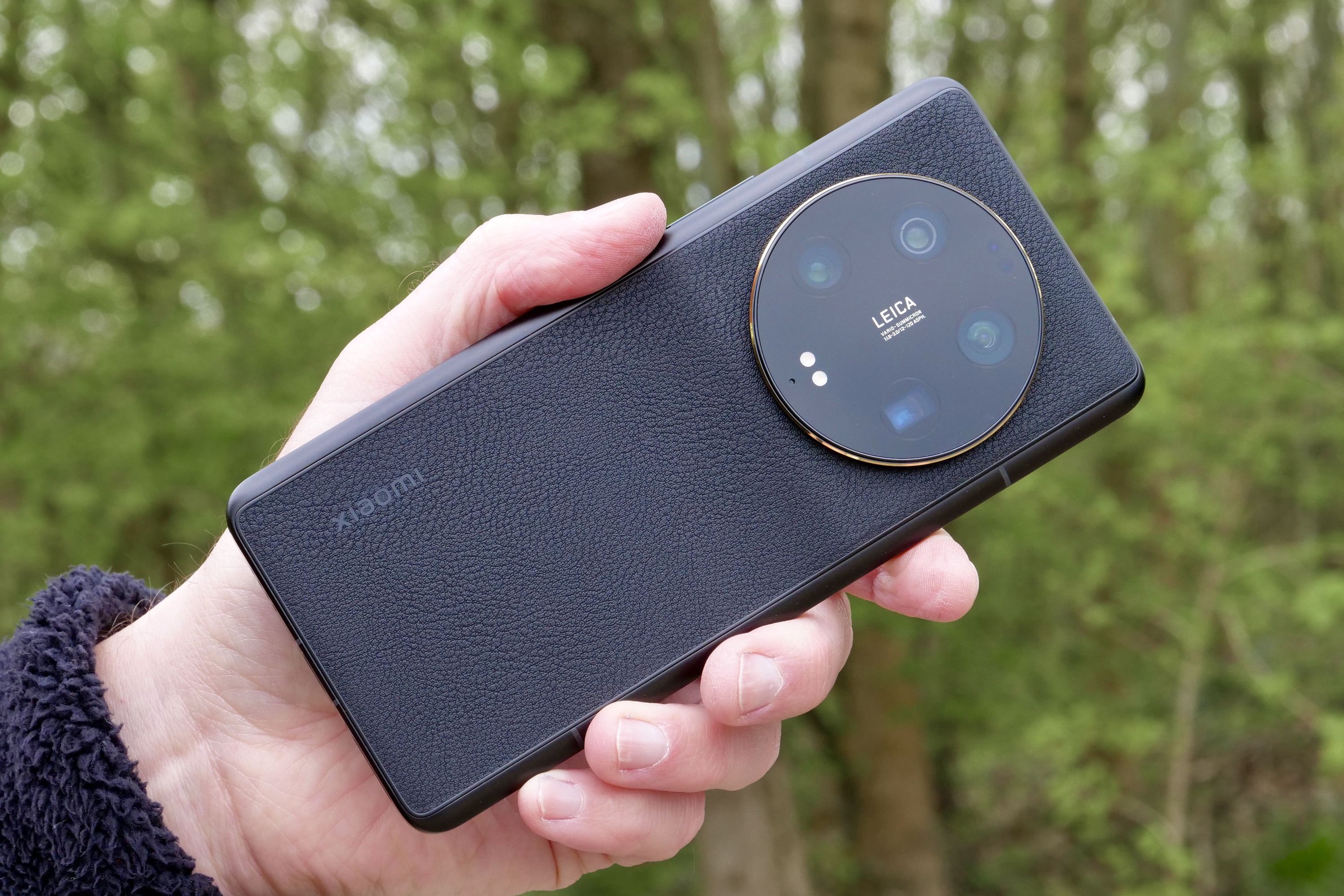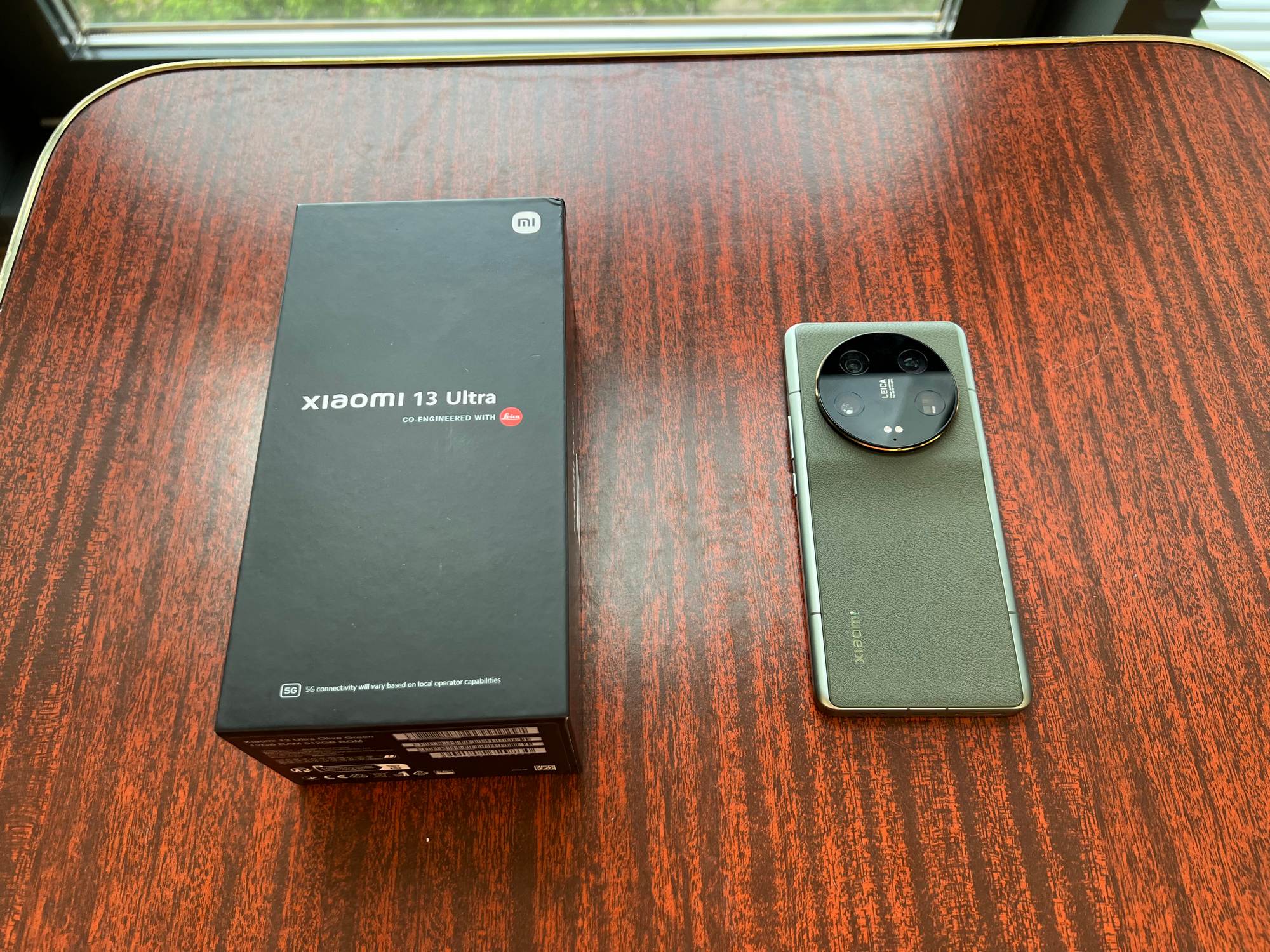Hot Models:
Samsung Galaxy Note 4
:
Apple iPhone 6
:
Samsung Galaxy Note Edge
:
Samsung Gear S
:
Motorola Moto G
:
Samsung Galaxy S5
30 Jul 2023

We weren't going to get too excited about a global Xiaomi Ultra for a while there; the 2021 model could very well have remained a one-of-a-kind item that we'll always remember fondly. Then at a certain point, we were persuaded to think that in addition to the fact that there wouldn't be a worldwide one, there would not have been one by any means. In the end, everything went according to plan, and we now have two versions of the Xiaomi 13 Ultra: one for China and one for the entire world.
Having said that, we must nonetheless mention that Xiaomi sent us a model of the phone with software tailored for China. Therefore, even if a global variation should potentially be accessible at some point, we haven't yet used or seen it. But that's mostly irrelevant for the purposes of this review.
This is partially due to the fact that the 13 Ultra's most significant features transcend regional software differences. We're referring to the unique quad-camera configuration on the phone's back. When the 50MP 1-inch primary unit, which is unquestionably the star of the show, is accompanied by two telephoto lenses and an ultrawide lens, each of which has a 50MP sensor of its own, you know it's something remarkable.

That incredible camera system, which was co-engineered by Leica, has a smartphone attached, and it's a real high-end one as well. The most recent Snapdragon, a state of the art high-res, high-revive rate OLED show, residue and water obstruction, and quick charging - finding something to gripe about on the accompanying pages will be extreme. At first, taking a gander at the photos, we figured the plan would be that, yet in the wake of encountering the handset face to face, the vibes of it have developed on us as well.
Xiaomi 13 Ultra Specs:
Dimensions: 163.2 x 74.6 x 9.1 mm (6.43 x 2.94 x 0.36 in), 227 g (8.01 oz)
Build: Glass front (Gorilla Glass Victus), eco leather back, aluminum frame
SIM: Dual SIM (Nano-SIM, dual stand-by), IP68 dust/water resistant (up to 1.5m for 30 min)
DISPLAY: Ltpo Amoled, 1B colors, 120Hz, Dolby Vision, HDR10+, 1300 nits (HBM), 2600 nits (peak)Size6.73 inches, 108.9 cm2 (~89.5% screen-to-body ratio)
Primary Quad Camera: 50 MP, f/1.9 or f/4.0, 23mm (wide), 1.0"-type, 1.6µm, multi-directional PDAF, Laser AF, OIS 50 MP, f/3.0, 120mm (periscope telephoto), 1/2.51", Dual-Pixel PDAF, OIS, 5x optical zoom 50 MP, f/1.8, 75mm (telephoto), 1/2.51", Dual-Pixel PDAF, OIS, 3.2x optical zoom 50 MP, f/1.8, 12mm, 122˚ (ultrawide), 1/2.51", Dual-Pixel PDAF TOF 3D, (depth)Leica lenses, Dual-LED flash, HDR, panorama, 67mm filter ring holder (optional)Video8K@24fps, 4K@24/30/60fps, 1080p@30/60/120/240/480/960/1920fps, gyro-EIS, Dolby Vision HDR 10-bit rec. (4K@60fps, 1080p), Selfie Camera: 32 MP, f/2.0, 22mm (wide), 0.7µm
Features: Android 13, MIUI 14 Qualcomm SM8550-AB Snapdragon 8 Gen 2 (4 nm)CPUOcta-core (1x3.2 GHz Cortex-X3 & 2x2.8 GHz Cortex-A715 & 2x2.8 GHz Cortex-A710 & 3x2.0 GHz Cortex-A510)GPUAdreno 740 Fingerprint (under display, optical), accelerometer, proximity, gyro, compass, color spectrum
Colors: Black, Olive Green, White, Orange, Yellow
Battery: Li-Po 5000 mAh, non-removable, 90W wired, PD3.0, QC4, 100% in 35 min (advertised),
50W wireless, 100% in 49 min (advertised), 10W reverse wireless
Xiaomi 13 Ultra unboxing:
The 13 Ultra's show is the same than that of any new Xiaomi Expert or Ultra. The dark tone is all that separates it from the lesser models in the setup, and the red Leica dab is a solitary sprinkle of variety on the cardboard.
The phone, a 90W power converter, and a USB-A to USB-C connector are all included within. A black snap-on case is also supplied, albeit it falls short of the Ultra itself in terms of quality. Nevertheless, this shouldn't impair the case's functionality.

The Xiaomi 13 Ultra Professional Camera Bundle, which costs CNY 1000 (€130) separately in China, is absent from the standard retail package. The kit comes with a nicer phone cover, a separate right-hand grip, a filter adapter ring that enables you to screw on 67mm lens filters that are standard, a lens cap (or, in this case, a cap for the entire camera system), and a lanyard.

The situation makes the Ultra look even less like a telephone and more like a conservative camera, and the hand hold causes it to act like one, as well, because of its two-stage screen discharge button and a zoom rocker. Unfortunately, we were unable to experiment with this accessory set.
Design & Body:
Fitting state of the art camera equipment on a cell phone is never going to make for an unobtrusive backside appearance and past Xiaomi Ultras have been everything except... in disguise. However, they have always owned it and created distinctively appealing large camera assemblies.
However, we weren't completely certain about the 13 Ultra when we saw the underlying renders. After all, there is a camera bump on it!

However, things aren't nearly as awful as they appear. Not awful at all, really. If anything, the ramp-like structure that rises to the massive circular camera assembly facilitates a more seamless transition from smartphone thickness to camera thickness.
Our callipers read 9.3mm whereas the specifications read 9.1mm (measured at the thin end, obviously). On the other hand, the thickness at the Leica end is 15.2mm, so a camera sticking out over 6mm would have been quite an eyesore and maybe compromised handling (and out-of-pocket pulling). The ramp is therefore much needed.
Providing cell phone price review in Dubai - United Arab Emirates.
iPhone, Samsung Galaxy, HTC, Nokia, Windows phone price in Dubai with mobile phone review and specification.
Privacy Policy | Terms | Contact US
© 2025 fonfe.com All rights reserved.
iPhone, Samsung Galaxy, HTC, Nokia, Windows phone price in Dubai with mobile phone review and specification.
Privacy Policy | Terms | Contact US
© 2025 fonfe.com All rights reserved.









